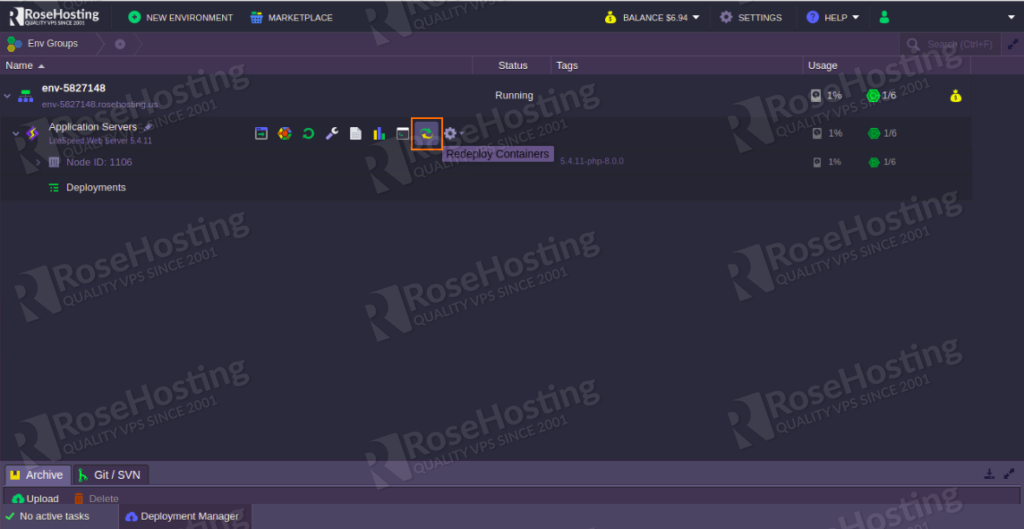

- #Litespeed web server response time high how to
- #Litespeed web server response time high full
- #Litespeed web server response time high code
So is the case with ecommerce websites, where there’s a lot of static, but also dynamic content (shopping items), which make the website heavier, so why not reduce the loading speeds of all the static bloat and make sure that your users have a better experience?

Image heavy websites (like a photographer’s website, for example), will also take longer to load because of the sheer amount of information. These elements make the web page exceedingly heavier and which will result in it taking longer to load. Some, like blog and magazine websites, rely on text, images, and videos. There are a lot of different websites available, of various sizes, with different content and information.
#Litespeed web server response time high how to
Read our article about How to Reduce Time to First Byte and learn how to address this PageSpeed Insights recommendation with and without a plugin.A a caching plugin ensures that the content on your webpage does not affect your speed and that you can continue adding information to provide your users with the best content.
#Litespeed web server response time high code
Use a plugin like Query Monitor, or if it’s available to you, a service like New Relic, to see if there are any code issues on your site. Plugins, or other code on your site that is running slowly or generating errors can tie up your server’s resources so that it won’t be able to respond as quickly.
#Litespeed web server response time high full
Make sure to activate the Cloudflare Add-On in WP Rocket for full compatibility. If you are a Cloudflare user, activating their Cache Everything feature will help by caching the HTML itself on their CDN, thereby improving the initial response time. If your site is targeted to a specific geographic region, find a host that can host your site on a server close to your target audience. The distance between your server and your visitors will impact the server response time, and time to first byte. If you are still on PHP 5.6, moving to 7+ is a must.

Use the latest version of PHP available to you. Upgrading your hosting package, or if you’re on a VPS, allocating more resources, will help. If you are seeing a server response time that varies a lot from test to test, or is consistently high, even when caching is active, this can indicate underlying issues with the server.

This affects how fast your site can run, even with caching. If you are using a shared/cheap host, it means that your site is sharing resources with others on the same server. Your site can only be as fast as your hosting allows. This means there are additional factors, outside of WP Rocket’s control, that are affecting the server response time. More info Caching is working but I still see the recommendation Compression reduces the filesize of the HTML making it faster to download. WP Rocket applies this automatically when a site runs on Apache/LiteSpeed. You’ll find this feature under Dashboard > WP Rocket > Settings > Database GZIP compression Try using our database optimization feature to reduce the size of your database, and running regular cleanups. If your site is running on a standalone NGINX server, without an htaccess file, you can implement this configuration to achieve the same result: Database optimizationĪ bloated database can affect TTFB. In many cases the difference will not be noticeable, but it can help in situations where there may be server issues.ĭeactivating the Separate cache files for mobile devices option (found on the Cache tab) will do the trick in most cases. Serving the cache file via our rewrite rules in the htaccess file is the most optimal method. Page caching greatly reduces the server response time by serving fast HTML pages, instead of slow, PHP-generated pages. PageSpeed shows this recommendation if the response time is more than 600ms. The faster the server responds, the faster the visitor will start seeing your page load. Server response time (also known as Time To First Byte) measures how long it takes the first byte of HTML to get from your server to your visitor’s browser.


 0 kommentar(er)
0 kommentar(er)
